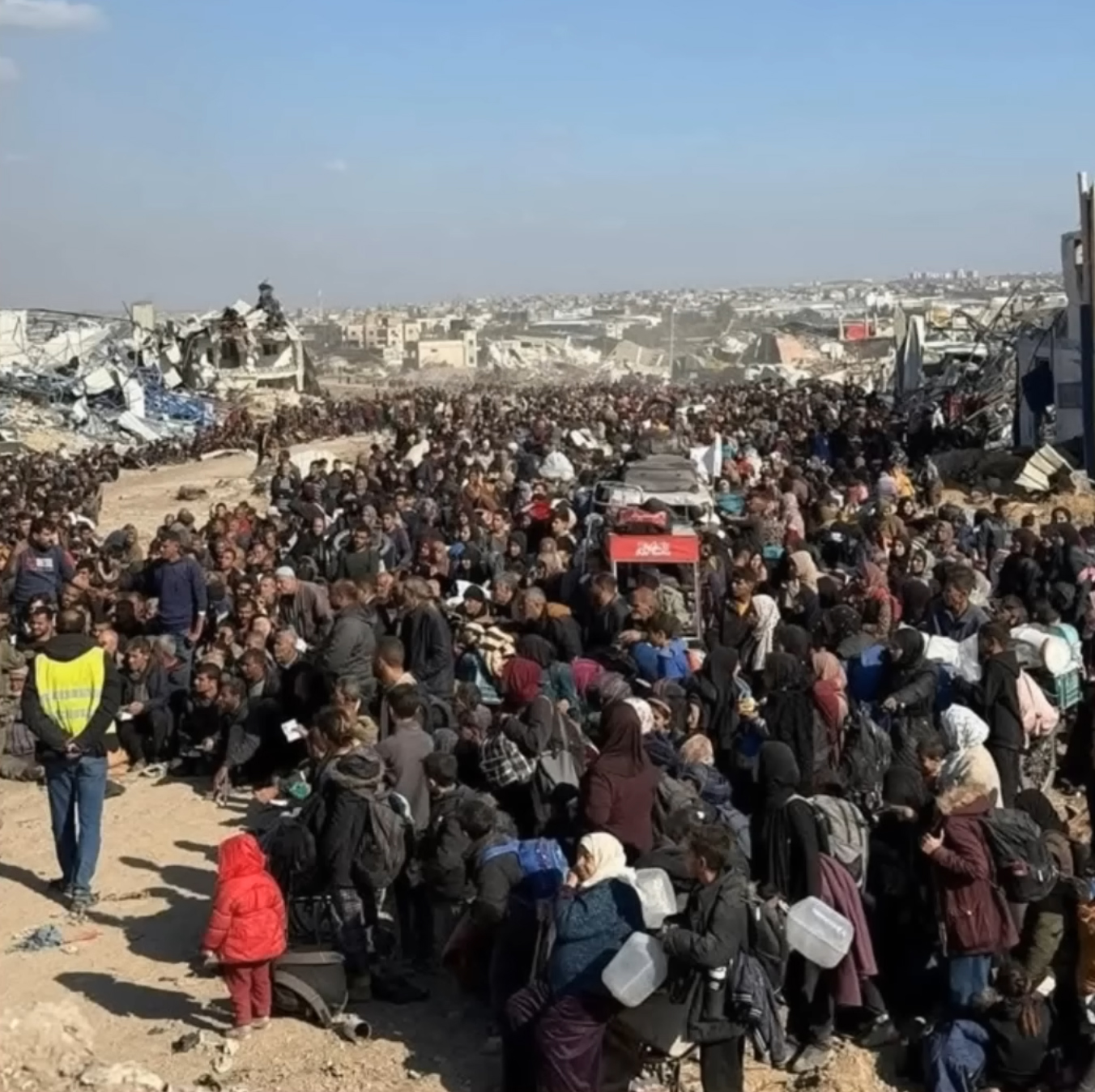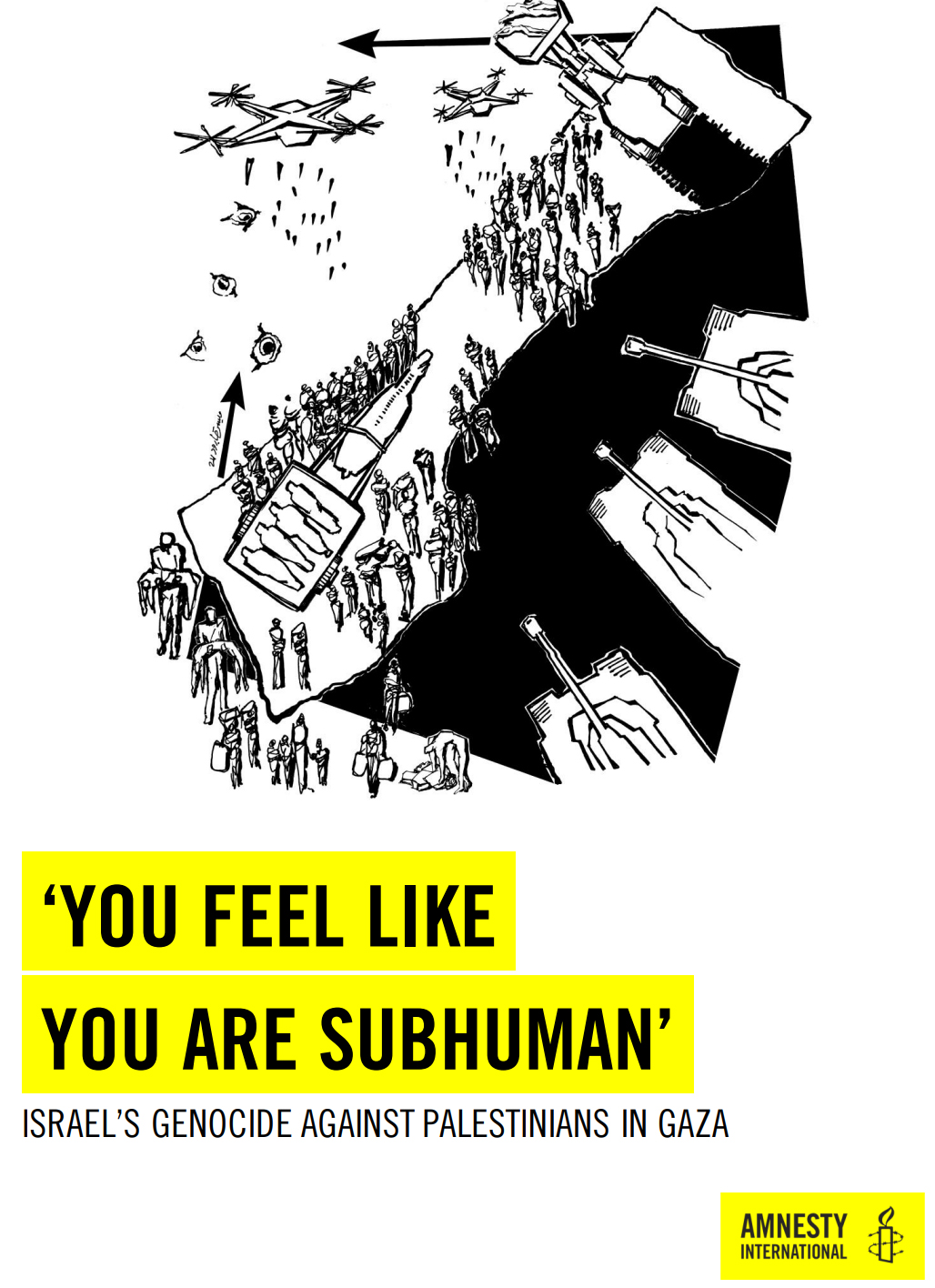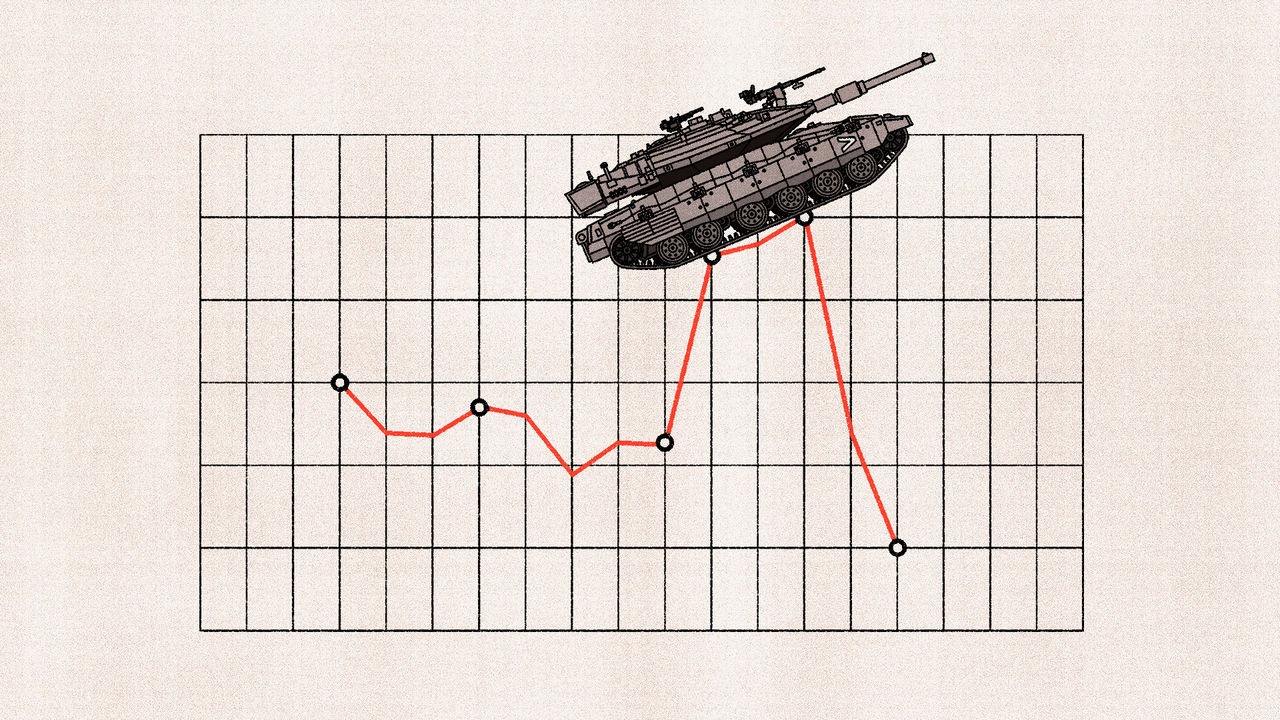The Gaza Strip is witnessing a second Nakba or catastrophe for the Palestinian people as forced displacement by Israel continues in its northern regions. The cities of Beit Lahia and Jabalia have become the epicenters of this crisis, with tens of thousands of Palestinians forced to move under an unrestrained and indiscriminate wave of bombing by the IDF, killing mainly women and children civilians, marking the darkest chapter so far in one of the worst attacks on international law and humanity this century.
The northern city of Jabalia has been razed by Israel, with tens of thousands of residents forced to flee amidst heavy bombardments, targetted drone and sniper attacks and overwhelming destruction caused by demolition explosives and bulldozers. Reports indicate that Israeli forces have specifically targeted densely populated areas, even sewing areas that have been ‘cleaer’ with landmines leading to an inability for residents to be able to return. Gazans describe harrowing scenes of families rushing to escape under the constant threat of airstrikes, with many left without clear options for safety. The relentless attacks have left much of Jabalia in ruins, compounding the suffering of its displaced population.
Israeli forces have systematically targeted northern Gaza, implementing what they refer to as the “General’s Plan.” Critics argue this plan—covertly orchestrated at the highest levels of Israeli leadership—is a calculated effort to empty northern Gaza of its population. Residents of Beit Lahia and Jabalia were ordered to leave their homes or face lethal consequences. Explosive devices were reportedly detonated between buildings to enforce these evacuations, rendering entire neighborhoods uninhabitable, and many casualties have had ‘tungsten cubes’ removed from their bodies – from Israel’s anti-personel weapons used in the area that are designed to shred victims’ internal organs.
The scale of this displacement is staggering. According to local reports, over 60,000 residents have been forced to flee from Beit Lahia alone, with thousands more from Jabalia, many heading south into already overcrowded areas of Gaza. Human rights organizations warn that the conditions for those displaced are dire, with inadequate shelter, food, and medical supplies. For many, fleeing does not guarantee safety, as convoys of displaced individuals have been targeted by airstrikes, exacerbating fears and chaos.
The evacuation orders were reportedly announced through loudspeakers on drones, creating an atmosphere of terror and urgency. Survivors describe scenes of families scrambling to gather what little they could carry, only to find themselves trapped in a cycle of violence, as nowhere in Gaza is truly safe. The once-thriving cities of Beit Lahia and Jabalia now lie in ruins, haunting testaments to the relentless campaign of destruction.
This wave of forced displacement has drawn comparisons to the Nakba of 1948, during which hundreds of thousands of Palestinians were uprooted from their homes. Analysts argue that the current situation is a scaled-down reenactment of that historical tragedy, with the same devastating impact on families and communities.
Beit Lahia’s and Jabalia’s residents have not only lost their homes but also their livelihoods, schools, and healthcare facilities. The destruction of infrastructure, including hospitals like the Camel Adwan facility, has further deepened the crisis. Medical staff and aid workers report being targeted in attacks, making it nearly impossible to provide care for the injured and sick.
Adding to the tragedy are reports suggesting that these forced evacuations may be part of a larger strategy. Recent statements and actions by Israeli officials hint at plans to re-establish settlements in the vacated areas of northern Gaza. During a conference in Jerusalem, attended by Israeli ministers, participants advocated for the resettlement of Gaza, with some making inflammatory statements against Palestinians. Israeli Finance Minister Bezalel Smotrich described the occupation of Gaza as “possible and necessary,” emphasizing the need for a military presence to prevent Hamas from rearming. Former Defense Minister Moshe Ya’alon has gone further, accusing Israeli leadership of aiming to permanently expel Palestinians and re-establish Jewish settlements in the region.
The establishment of military zones, such as the 18-square-mile Netzarim corridor within Gaza, underscores significant Israeli investments in maintaining a presence in the region. Despite official claims of not planning a permanent occupation, critics argue these actions suggest otherwise, fueling fears of irreversible demographic changes.
As the displacement continues, the death toll in Gaza since October 7, 2023, underscores the human cost of the conflict. Reports indicate that at least 44,532 Palestinians have been killed, including 17,492 children, with more than 105,538 individuals injured. The relentless bombardments have not only caused immediate casualties but have also destroyed critical infrastructure, exacerbating the suffering of the civilian population. The high proportion of child fatalities highlights the indiscriminate nature of the violence and the profound impact on Gaza’s younger generation. A year ago, Prof Devi Sridhar, chair of global public health at the University of Edinburgh, estimated the Gaza death toll could total half a million people.
On November 21, 2024, the International Criminal Court (ICC) issued arrest warrants for Israeli Prime Minister Benjamin Netanyahu and former Defense Minister Yoav Gallant. The charges include war crimes, crimes against humanity, and genocide. These warrants accuse Israeli leadership of using starvation as a method of warfare and carrying out systematic acts of murder and persecution. The ICC’s actions have sparked international debate, with some nations condemning the warrants while others, like Iran, calling for further accountability.
Local and international observers have condemned these actions as violations of international law, pointing to the targeting of civilians and the use of displacement as a weapon of war. Forced displacement, even without direct violence, meets the definition of crimes against humanity when carried out on this scale, according to legal experts.
Despite mounting evidence and widespread condemnation, global political action has remained limited. Calls for ceasefires and humanitarian corridors have largely gone unheeded, and displaced Palestinians are left to navigate a perilous existence. Aid organizations, including the United Nations Relief and Works Agency (UNRWA), struggle to provide support amid dwindling resources and restricted access.
The people of Beit Lahia and Jabalia now join countless others across Gaza who have been uprooted from their homes, their futures uncertain. As displacement spreads and conditions worsen, the question remains: how long will the world stand by as an entire population is driven from their land under the stomach-churning specter of a live-streamed genocide?




